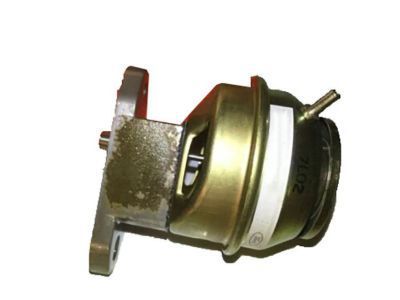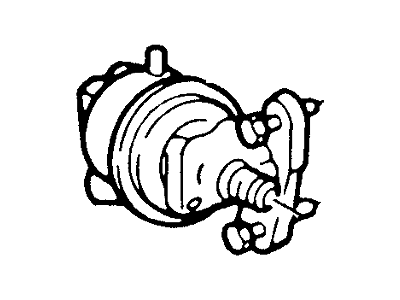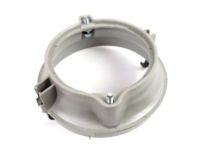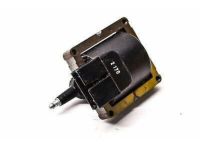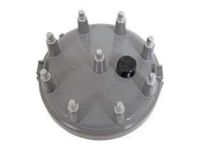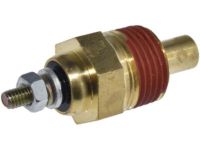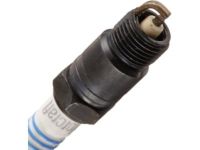To ensure reliability, purchase Ford part # E5PZ-9H473-B Valve Assembly. It is sometimes referred to as Lincoln EGR Valve. In terms of quality and longevity, OEM parts are top-tier. This is because they are made according to Ford's demanding factory specifications and go through strict quality control. This part fits specific Lincoln Continental, Mark VI, Mark VIII models.
FordPartsGiant.com is a leading supplier of genuine Ford parts and accessories such as Ford E5PZ9H473B Valve Assembly. On our platform, we provide genuine Ford parts at incredible prices while ensuring top-tier quality. Feel at ease shopping with us, knowing our parts have a hassle-free return policy and rapid delivery service. For detailed Lincoln parts information, click here.


